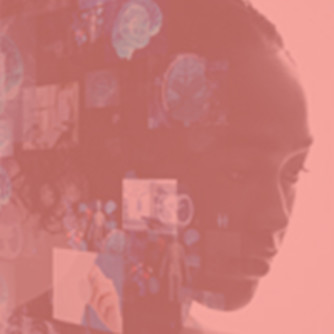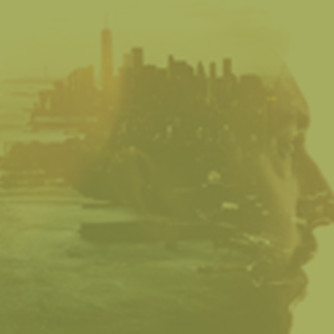DRIVE 2021 - Mobility
Just like last year, the Design Research & Innovation Festival took place in De Effenaar, during the Dutch Design Week. And just like last year, we - together with Design United turned it into a hybrid and interactive event that you could join from home. Five different themes in five days. Mobility was on Monday 18 October, from 10.30 - 11.30. About designing for / with conflicting use of space in the living environment and freedom of movement for all parts of society.







